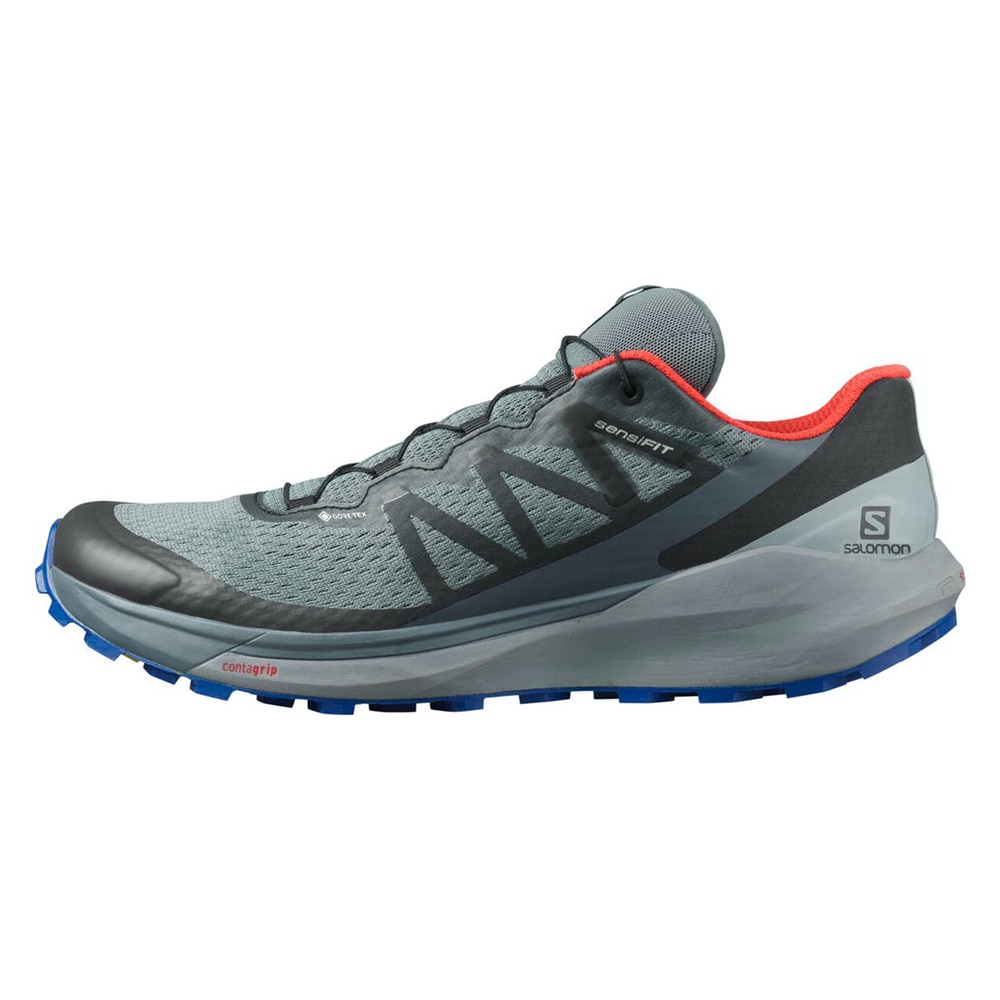

The shoe’s newly redesigned mesh upper is comfortable and soft, the internal sleeve effectively wraps around my foot with no areas of unwanted tightness or looseness, and the OrthoLite insole provides solid arch support over long distances. My typical outings last anywhere between 30 minutes and two hours, and I’ve experienced no hotspots, blisters, or numbness-something that occasionally happened while wearing the first-generation Sense Ride. Put simply, the Salomon Sense Ride 2 is one of the most comfortable trail-running shoes I’ve worn to date. For these applications, a full-on rock plate between the midsole and outsole would provide a useful boost in protection. This lead to some discomfort and soreness while running over golf-ball-sized rocks on hard surfaces (like gravel roads). My only complaint is that the shoe’s modest cushioning and Profeel film-a thin TPU protective layer-were slightly under-gunned on exceptionally rough terrain. In other words, the Sense Ride felt nimble underfoot without being too harsh or thin. The shoe’s midsole is thick enough to remain comfortable over long slogs without sacrificing trail feel. That said, Salomon managed a nice balance here with the Sense Ride 2. Stability and cushioning often go hand-in-hand: the more padding a shoe has, the farther away your foot is from the ground, resulting in less stability over steep or rocky sections of trail. If you frequent particularly rugged trails, a more purpose-built option like the La Sportiva Bushido II is a better match. However, despite generous overlays that wrap around the foot to provide support, the Sense Ride felt slightly out-of-place when traveling over particularly rocky and uneven ground-I often felt my feet moving around inside the shoe. After recently testing the max-cushioned Hoka One One Speedgoat, which lacks precision and trail feel because of its tall stack height (32mm heel/28mm forefoot), I was very happy to slip on the more modest Sense Ride. Most notably, the shoe’s moderate stack height (27mm heel/19mm forefoot) and snug fit offer a nice, confidence-inspiring feel and stable ride on easy-to-moderate trails. And in this department, the Salomon Sense Ride 2 performed well overall. The Sense Ride can’t match the comfort of road-running shoes on pavement or Salomon’s more aggressive Speedcross 5 (6mm lugs) on loose trails, but it has nevertheless tackled most surfaces with aplomb.Īs someone who has a tendency to roll ankles frequently, stability is one of my top considerations when choosing a trail-running shoe. However, what stood out most to me was the shoe’s commendable traction in mud-something I didn’t expect from the modest lugs. The 3-millimeter lugs efficiently cruised down buff trails and roads, and the Contagrip outsole confidently gripped everything from dirt to slippery rocks and logs. Given the diversity, I need a shoe that can handle it all, and I’m happy to report that the Salomon Sense Ride 2 is up to the task. My runs typically include varied terrain ranging from short stints on tarmac to soft singletrack. To see how it stacks up, see our article on the best trail-running shoes.

Below we break down the Sense Ride 2’s traction, stability, comfort, weight, fit and sizing, and more.

And following 50 miles worth of testing, I’ve come away with similar praise: the Contagrip outsole excelled on everything from wet logs to smooth gravel paths, and the shoe impressed me with its comfort and stability on varied terrain-although it did suffer slightly on truly technical trails. Having worn and been quite happy with the previous version, I was eager to see how the newer “2” stacked up. For 2019, Salomon lightly updated their do-it-all Sense Ride with a redesigned mesh upper and lighter-weight build.


 0 kommentar(er)
0 kommentar(er)
